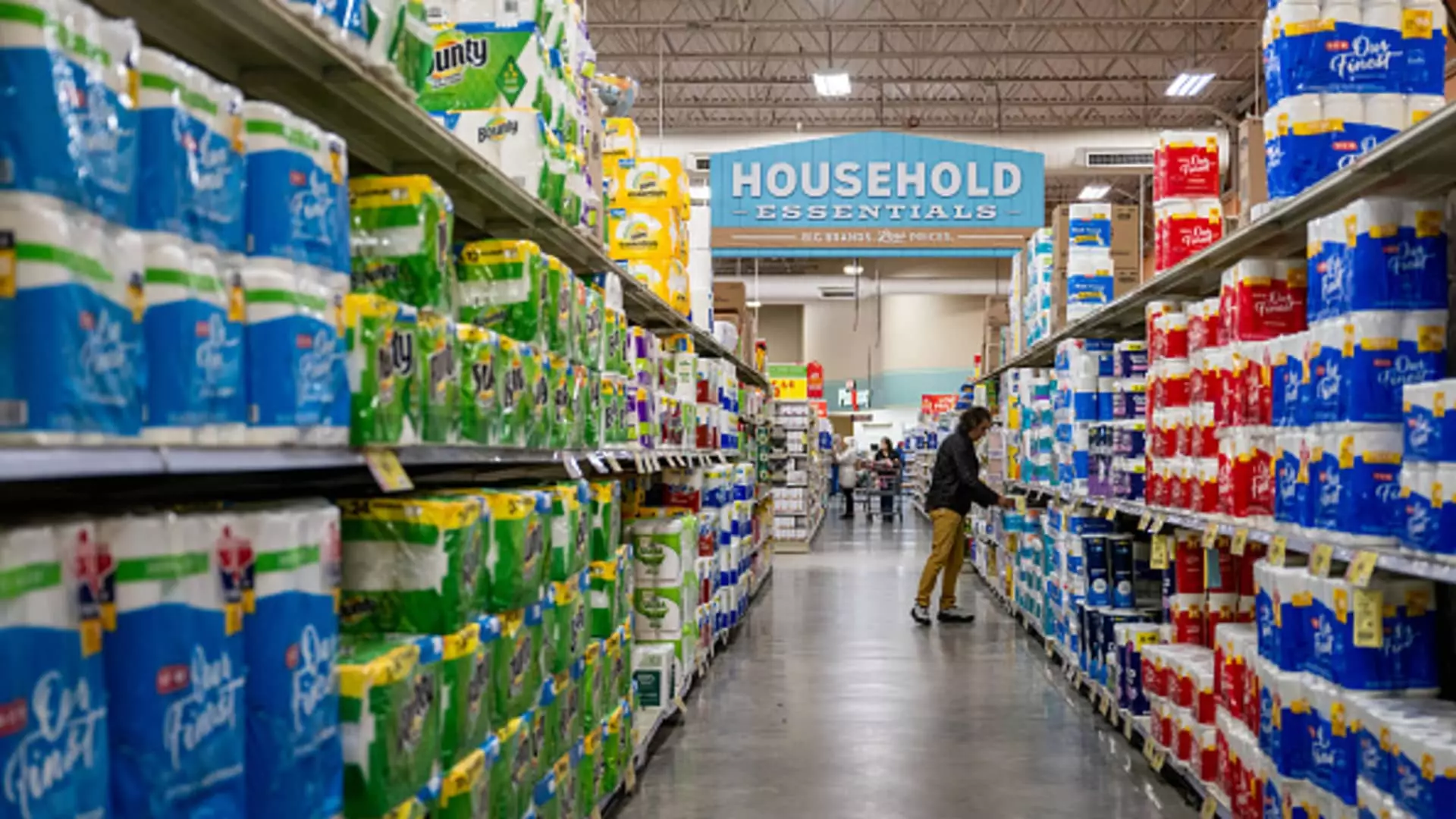As the Trump administration rolls out its ambitious tariffs on a staggering array of goods imported from over 180 countries, American consumers are gearing up for a wave of price hikes on everyday essentials. The intent to prioritize American jobs and industry, while politically appealing, risks destabilizing the affordability of countless products that families rely on daily. The Consumer Brands Association warns of a recession in practical food production and consumer goods, suggesting that while state-led intervention in trade may hold good intentions, it ultimately fails to realistically appreciate the complexities of today’s supply chains.
The Price of Coffee, Bananas, and More
Consumers can expect their grocery bills to climb steeply as tariffs squeeze margins on popular imports such as coffee and bananas. For instance, Guatemala, a leading supplier of bananas to the United States, will be hit with a 10% tariff, directly impacting prices at checkout for an item many families include on their shopping lists. Meanwhile, the U.S. climate, which limits the domestic production of staples, means that certain imports are not mere luxuries but necessities. The absence of a favorable climate for crops like cocoa and tropical fruits necessitates reliance on foreign suppliers, making any reliance on tariffs illogical when it threatens food accessibility.
The Consumer Brands Association’s declaration that major food producers like Coca-Cola, Procter & Gamble, and Target are inadvertently punished by these policies reveals a failure to accommodate the supply chain dynamics in today’s market. The reality remains that certain products simply cannot be sourced domestically. When consumers encounter an upward spiral in prices for essentials due to poorly calibrated tariffs, they lose more than just dollars—they lose trust in a system that promises support and growth.
Iconic Ingredients Are at Risk
The cultural and culinary staples, such as vanilla from Madagascar—which is already notoriously expensive—face dire consequences with a 47% tariff. Such steep increases are not merely an inconvenience; they threaten entire market segments. Home cooks and professional bakers alike will have to reassess their recipes, potentially diminishing the flavor and authenticity of American cuisine as one of its prized ingredients becomes less accessible.
Conversely, producers are finding themselves caught in a bind. Take spice giant McCormick, which noted that it would need to implement “targeted price adjustments” to offset the rising tariffs. Why should consumers cover those costs due to governmental decisions that ignore the logistical realities of food production? At its core, this practice punishes consumers under the guise of patriotism, revealing a fundamentally misguided connection between domestic policy and real-world repercussions.
The Impact on Non-Foods: Household Staples Under Siege
Tariffs are not limited to food; everyday household products, including toilet paper, diapers, and personal care items are also on the chopping block. As manufacturers face increased costs for wood pulp, palm oil, and more—largely imported from regions where American production cannot compete—these expenses will inevitably trickle down to consumers. A 32% duty on palm oil from Indonesia could prove catastrophic for the prices of essential household items that families could hardly consider luxuries but mere necessities of modern life.
Given the already strained budgets of American households, these escalating costs can single-handedly push them further into a financial dilemma. Families budgeting hard-earned dollars for childcare and groceries must now factor in increasing prices for unavoidable purchases, putting already vulnerable populations at an increased disadvantage.
The Disconnect between Intent and Reality
Despite the heavy toll these tariffs threaten to unleash, policymakers appear stubbornly insulated from the economic consequences impacting the very voters they aim to champion. Commerce Secretary Howard Lutnick’s dismissal of exemption requests might reflect a rigid adherence to ideologies that claim to restore economic strength but don’t recognize the interconnectedness of modern commerce.
In effect, these policies symbolize a failure to adapt to the global economy, where interdependence isn’t merely a choice but a requisite for efficiency and cost-effectiveness. The simplistic framing of imports as threats to American jobs lacks appreciation for the complexity of constructing a truly self-sufficient economy in a world where supplies and markets are increasingly intertwined.
Ultimately, the potential harm caused by these tariffs signifies a troubling disregard for the average consumer’s experience amidst political grandstanding. While “America First” resonates with certain groups, it is essential to question whether the abstract notion of national pride is worth the real-world implications it has on grocery bills and household budgets. In the end, we must ask ourselves: who truly benefits from a policy that appears more concerned with posturing than practical outcomes?

